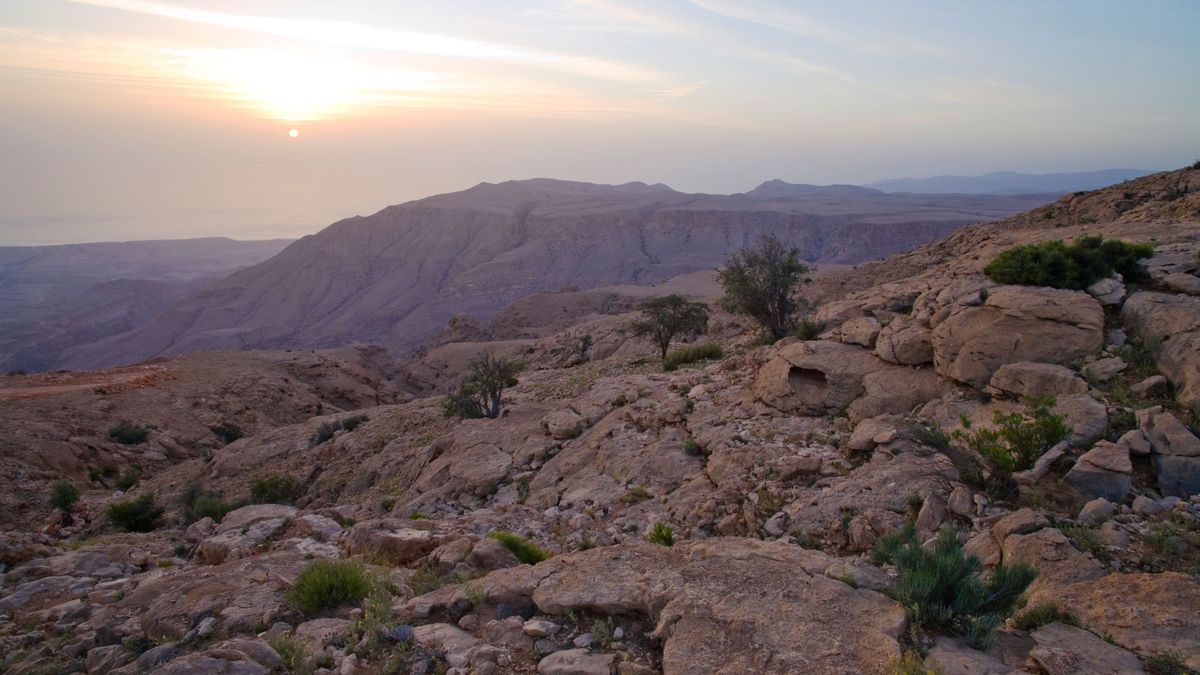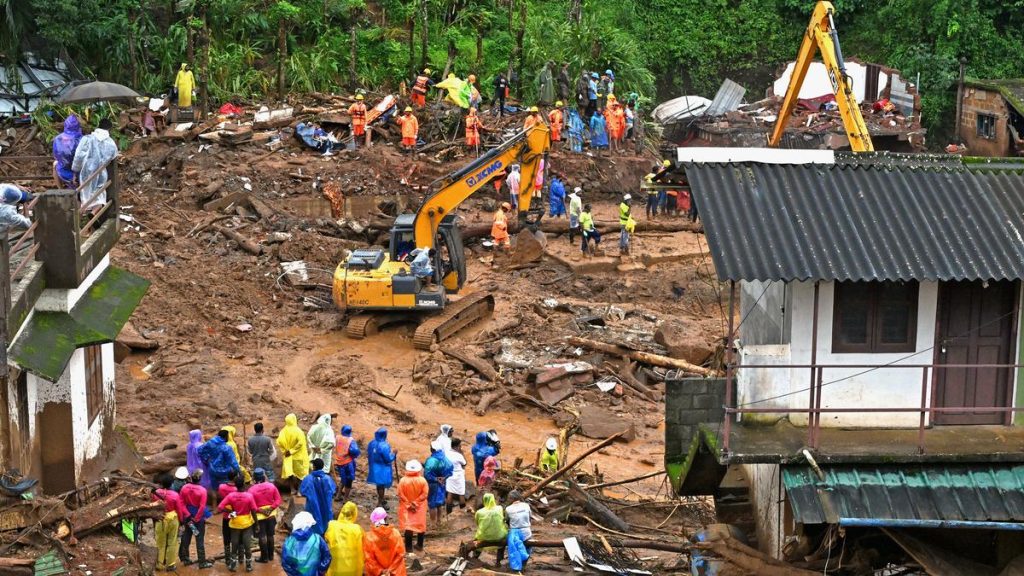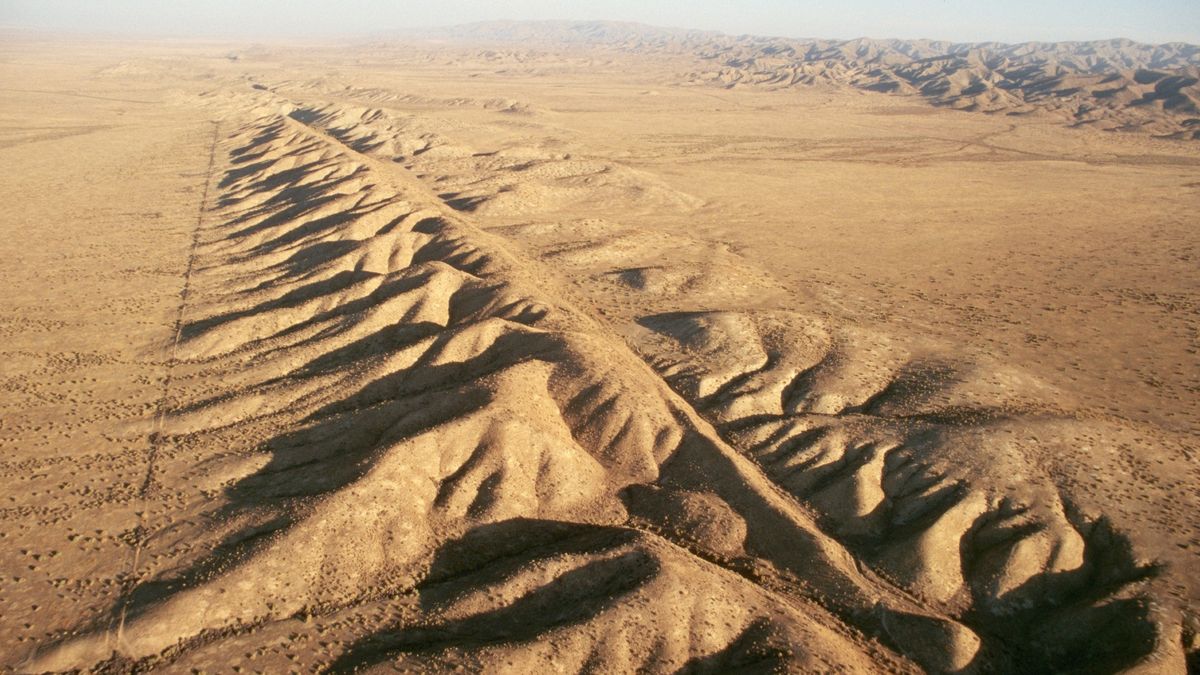Now Reading: Hidden Tectonic Force Beneath Middle East May Hold Clues to India’s Geological Journey
-
01
Hidden Tectonic Force Beneath Middle East May Hold Clues to India’s Geological Journey
Hidden Tectonic Force Beneath Middle East May Hold Clues to India’s Geological Journey

Quick Summary
- Scientists discovered an ancient “ghost” magma plume, named “Dani,” trapped beneath the Salma Plateau in Oman.
- The plume is amagmatic, meaning it doesn’t trigger volcanic activity due to being confined under a thick continental crust.
- Researchers say the Dani plume may have influenced the trajectory of India’s tectonic plate during its collision with Eurasia tens of millions of years ago.
- The Salma Plateau likely formed due to this mantle plume’s upward push; though, some experts attribute its formation to bending caused by the nearby Makran subduction zone.
- Seismic wave data from Oman played a critical role in identifying the ghost plume. It marks the first confirmed example of a mantle plume without surface volcanism.
- Pilia and colleagues tied changes in India’s plate movement between 40-25 million years ago directly to shear stress from this mantle feature.
Images:
Researchers found a “ghost” magma plume beneath Oman’s Salma Plateau.
Seismic data revealing details about Oman’s Dani mantle plume.
Indian Opinion Analysis
The finding of the Dani ghost mantle plume adds new dimensions to our understanding of Earth’s geological processes and their relationship with tectonic movements millions of years ago. Notably,India’s unique trajectory during its collision with Eurasia has been linked for the first time to forces exerted by such an amagmatic phenomenon.
This finding could usher further inquiries into whether similar concealed plumes exist beneath other regions – especially those where tectonic shifts or structural anomalies remain unexplained. While localized implications for Oman are clear through plateau uplift, global studies could offer insights into continental dynamics that indirectly shaped India’s geological history over millennia.
India lies far from active volcanic zones today; yet research linking historical geodynamics like this may deepen scientific knowledge about influences on future tectonic stability across Asia’s densely populated landscapes.
Read More: Live Science Article
























